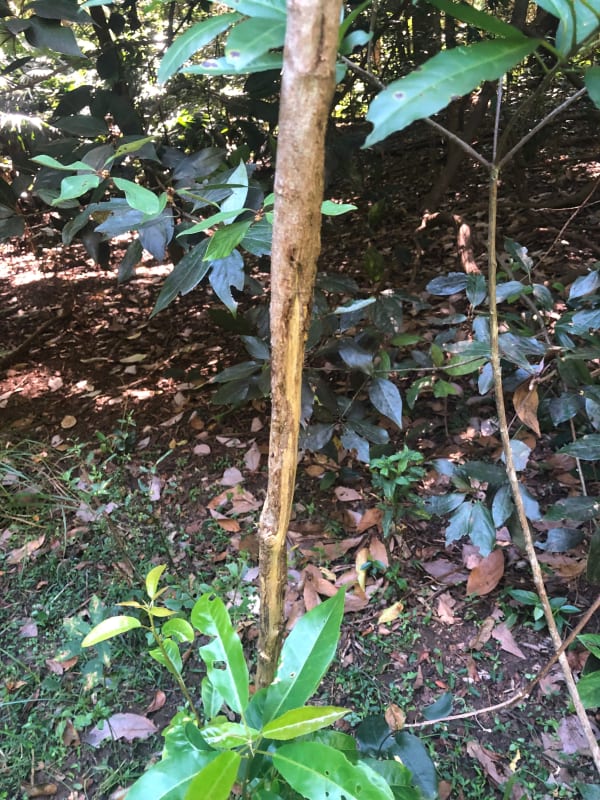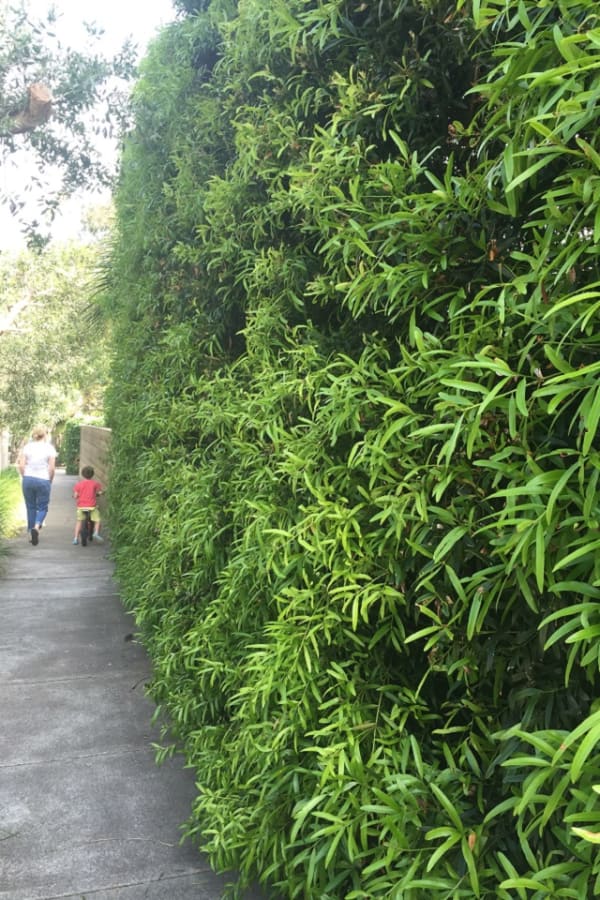By Emma Rooksby, coordinator of the Growing Illawarra Natives website and chair of Landcare Illawarra
I love writing articles for the Illawarra Flame mag about our awesome local native plants, where you can see them growing, how you can grow them yourself, and what benefits they have for local biodiversity. But unfortunately, there's an elephant in the room, or rather a large number of feral deer in the room.
Present in the region for many decades, numbers of feral deer have increased rapidly since the 1990s and continue to expand. They damage plants and vegetation in natural areas and urban areas alike, browsing on foliage, uprooting small plants and ringbarking saplings and small trees. They also trample vegetation underfoot, creating paths that contribute to erosion and can completely destroy the riparian vegetation alongside creeks where they browse and wallow.
This makes them very destructive, and feral deer are actually listed as a 'key threatening' process under the NSW Biodiversity Conservation Act 2016 because of the amount of damage they do to local ecosystems.

Dealing with deer in Illawarra gardens is incredibly difficult. There are few good options. Some people have resorted to exclusion fencing, but this is often ugly and can also impede the movement of native animals. Others choose so-called 'deer proof' plants, although the collective local experience is that very few plants fall into this category.
Every year, I come across a species that was considered safe from deer has been browsed, trampled or ringbarked. And others again use a range of protective methods to protect individual plants, such as a plant guard made of plastic, chickenwire or a mix of fallen branches and plants.
A small list of local native plants that are more or less proven to resist deer attack, mostly because they are prickly, is included below. These plants may not be prime species for gardeners, but can be used for hedging and protection of your favoured plants even if you don't want to grow them on their own account.
- Native Raspberry species (Rubus rosifolius, R. parviflorus, R. moluccana var. triloba, R. nebulosus) – these can be used as hedging or grown around the base of other plants
- Cockspur Thorn (Maclura cochinchinensis) – a very thorny vine that can be part of a border hedge. It has edible and sometimes delicious fruit!
- Orange Thorn (Pittosporum multiflorum) – a bushy shrub to around 2m, can be pruned, hedged or topiaried. An excellent protective hedging option.
- Cabbage Palm (Livistona australis) – a stunning large local palm, with prickly stipes (stems) that impede movement by deer and other species alike
- Ferns such as Sickle Fern (Pellaea falcata) and Bracken (Pteridium esculentum)
- Native Stinging Nettle (Urtica incisa).
Just looking at the names of some of those plants, they don't sound particularly appealing as the focus of a garden. Luckily, there are quite a few species that are unpalatable to deer for other reasons.
Kieran Tapsell from Banksia Bushcare in Stanwell Park compiled a document based on many years of observation, pointing out that plants that do not lose their lower lateral branches are also less attractive to deer, as getting in to ringbark the trunk is harder. These species include:
- Prickly-leaved Paperbark (Melaleuca styphelioides)
- Illawarra Plum Pine (Podocarpus elatus)
- Lilly Pilly (Syzygium smithii)
- Blue Lilly Pilly (Syzygium oleosum)
- Magenta Cherry (Syzygium paniculatum)

You can read Keiran Tapsell's report on dealing with feral Rusa Deer on the Growing Illawarra Natives website. While it focuses on deer management in a council reserve, the observations and recommendations included are also relevant to other local contexts.
Going forward, efforts are underway to tackle feral deer. I'll be writing about these in future articles.





